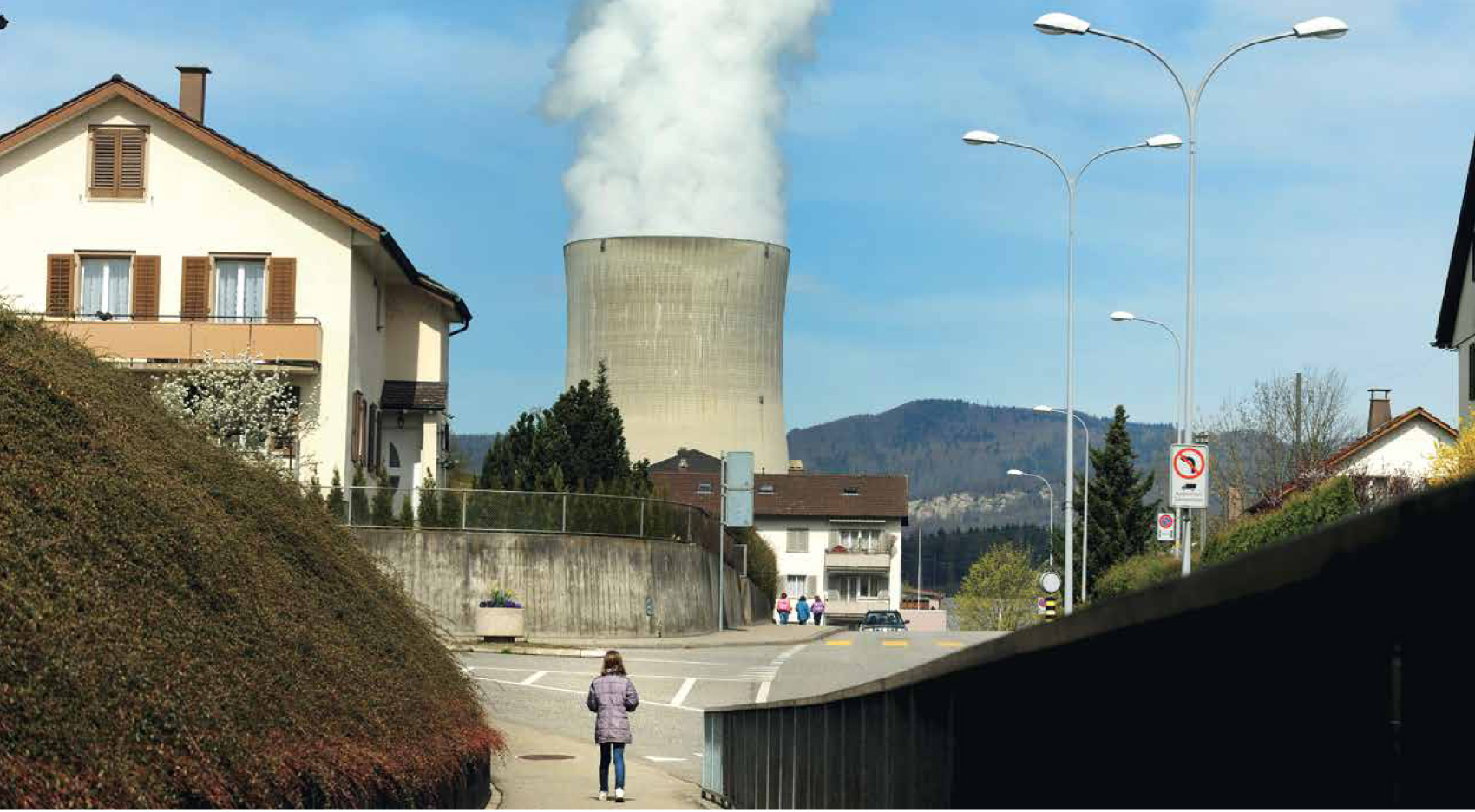23.7 The impacts of nuclear accidents can be far reaching.
On March 16th, members of the U.S. Nuclear Regulatory Commission (NRC) determined that anyone more than 80 kilometres from the plant was probably safe from atmospheric radiation emitted by the disaster, based on computer models they had developed.
The finding did not quell public fears. In fact, long after the likely dispersal of radiation had been mapped and made widely known, people in many communities were fiercely divided about whether or not to evacuate. Local newspapers published daily radiation levels alongside weather reports, and average people sorted as best they could through reams of dense, technical information—not all of it reliable—as they tried to make decisions about the health and safety of their families.
For months, it seemed, one new shocking discovery or scandalous revelation followed the next: the Japanese government discovered stores selling beef, spinach, and other food containing small amounts of radiation and scrambled to recall those products. Authorities warned parents not to give local milk to their children because children’s cells grow faster and that makes them more vulnerable to the effects of radiation. Distrustful of government reports, and frustrated by the lack of consistent information, average citizens began collecting and testing their own soil and water—sometimes with disturbing results. On October 14, for example, the New York Times reported that citizens groups had found 20-odd spots in and around Tokyo that were contaminated with potentially dangerous levels of radioactive cesium.
The impact on the natural environment has been more difficult to determine. “It depends so much on luck,” says Powers. “Even if everyone involved in the response does everything perfectly, we’re still at the mercy of the wind.” At first, the wind at Fukushima Daiichi blew steadily out to sea. But eventually it turned inland, to the northwest, carrying all those radioactive vapours with it. Rain and snow captured some particles, laying them deep in the mountains, forests, and streams around Fukushima. It will take decades before we know the full effect they will have on the ecosystems they have become a part of. But 5 months after the quake, Japan’s central government acknowledged that the area within 3 kilometres of the plant will likely be uninhabitable for decades.
429
